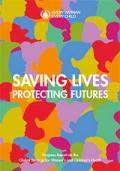Publications on Children
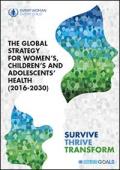
Resource | Publications,
This updated Global Strategy, spanning the 15 years of the SDGs, provides guidance to accelerate momentum for women’s, children’s and adolescents’ health. It should achieve nothing less than a transformation in health and sustainable development by 2030 for all women, children and adolescents, everywhere.

Resource | Publications,
This report is based on 5th round of the Multiple Indicator Cluster Survey, which Mongolia adopted and called the Social Indicator Sample Survey Mongolia (SISS). It provides statistically sound and internationally comparable data essential for developing evidence-based policies and programmes, and for monitoring progress toward national goals and global commitments.
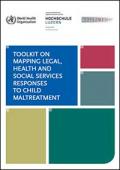
Resource | Tools,
The goal of this toolkit is to provide researchers with more information on methodological strategies and considerations when conducting agency studies on child maltreatment to increase the use and success of this kind of research in countries and jurisdictions around the globe. Such research may then lead to more structured agency data collection systems to inform practice in the area of child maltreatment.
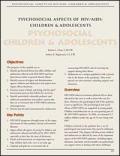
Resource | Publications,
HIV/AIDS takes an enormous physical toll on those infected by the virus as well as those who care for them. However, the psychological toll of the epidemic is just as significant. The psychological and social effects of HIV/AIDS are magnified in young people. Children and adolescents are an ever-growing part of the HIV/AIDS epidemic. In 2004, an estimated 2.2 million children under the age of 15 were living with HIV.
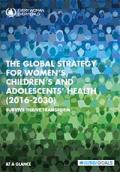
Resource | Publications,
The Global Strategy is intended to inspire political leaders and policy-makers to further accelerate their work to improve the health and well-being of women, children and adolescents. It is also intended as a guide to enable people and communities to drive change, claim their rights and hold leaders to account.

Resource | Publications,
The Punjab Multiple Indicator Cluster Survey (MICS), 2014 is a household survey covering 38,405 households to provide estimates of around 125 indicators for the province, 9 divisions and 36 districts. The results will be used to update indicators used for monitoring the situation of children and women in Punjab.

Resource | Publications,
Nepal MICS 2014 provides valuable information and the latest evidence on the situation of children and women in Nepal before the country was hit by an earthquake of 7.8 magnitude on 25 April 2015. The survey presents data from an equity perspective by indicating disparities by sex, region, area, education, household wealth, and other characteristics.
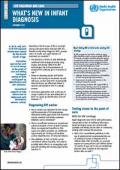
Resource | Fact Sheets,
In 2014, only 50% of all HIV-exposed infants were tested by the second month of age. Innovative approaches such as use of assays at the point-of care and adding virological testing at birth could speed up identification and ART initiation. Operational research to fully inform how to implement such innovations remains critical.






